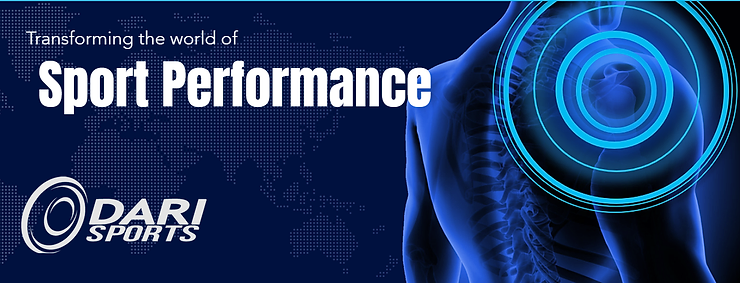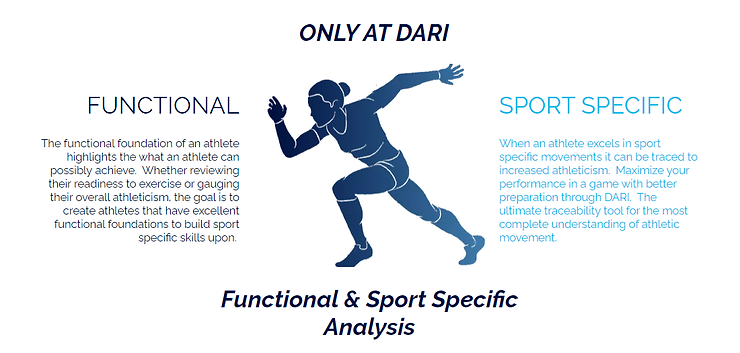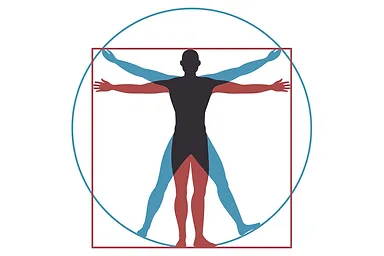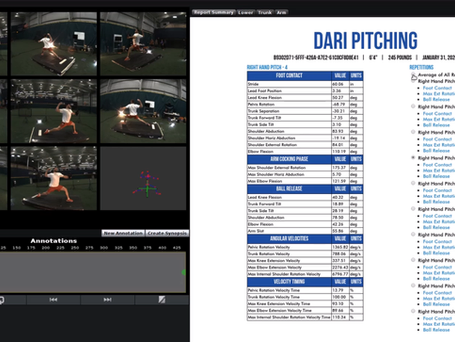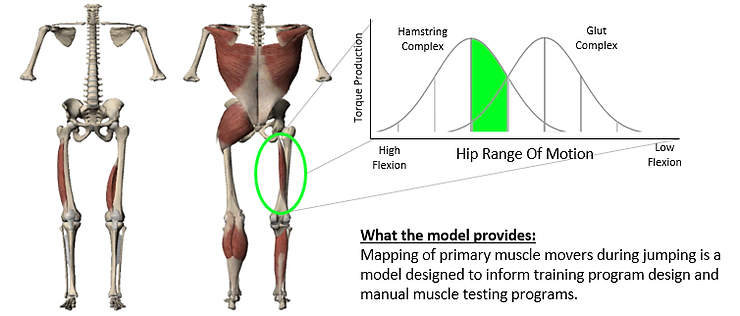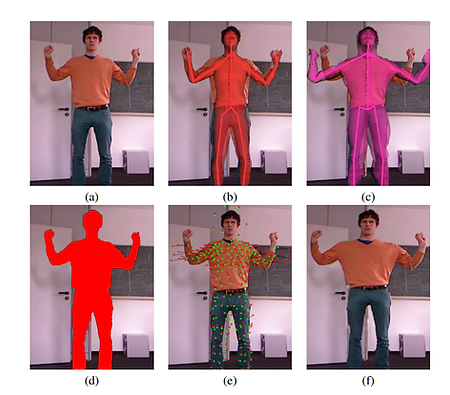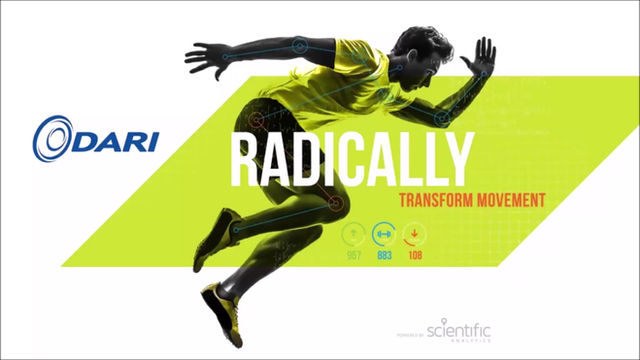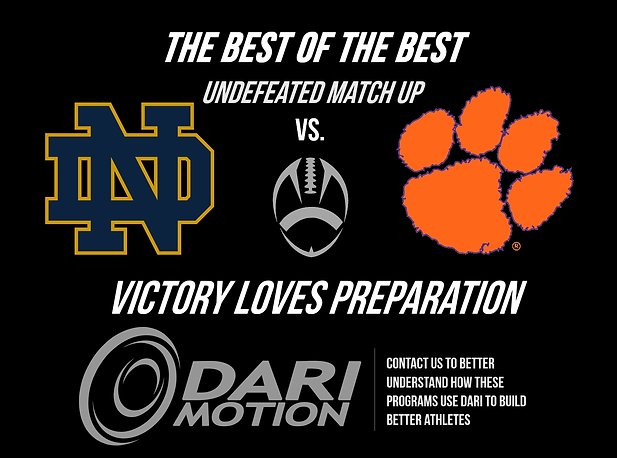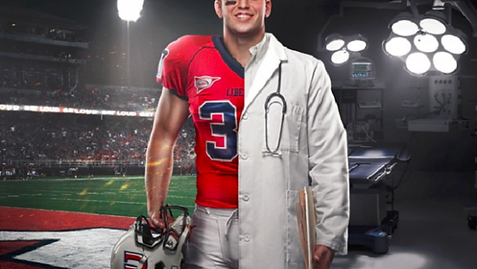In the world of human movement this is a topic that is often debated. In one camp you have the data scientist that will tell you clearly that some (not all) injuries can and should be able to be predicted. In the other camp you have real world operators (from a variety of professions) that simple say — it’s not possible yet, and everyone should stop even mentioning the idea because it is false. So, lets sort through this topic in more detail and examine how DARI would answer this question.
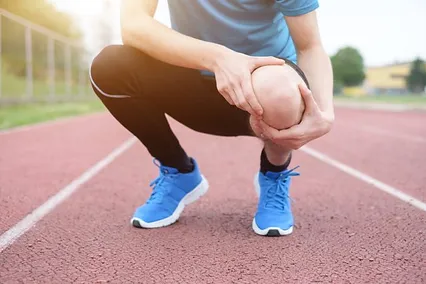
First, there are a lot of companies saying they can predict injuries, but all too often this is simply a reference of correlation not causation. You might have a number that is somehow connected, but this is not a clear predictor. Therefore, if that is the scientific claim the latter argument from the real world operators would stand true. It is not a good way to predict injuries.
Second, there are instances when a significant amount of good data is used to scientifically connect the dots and statistically predict injuries. Yes it has happened. So, why doesn’t it happen more often? The answer is found in what we are testing and what we consider enough of an accurate prediction. Let’s explain…
If an injury can be predicted often times it applies to a very narrow use case. Like, female athletes that play basketball ages 15-18. Certain technical tools can be used to predict a unique injury or injuries. This does not mean it applies to all other people and different situations. Most of the time we want to apply it to a relative situation and get upset when it doesn’t pan out. Next, we need to consider what is an accurate enough prediction to have the desired impact. For example, if a predictive test was able to reduce your populations injury rate by 5% would it be enough? 10%, 30%, 50%, 70%, 99% — Where is the line? In some instances being “predictive” and reducing injuries by 25% can be enormously helpful. It all comes down to your false positives!
Regardless of the approach you take scientifically for “predictions” all that is being applied is a “probability”. Can we identify some injuries easily — yes. Do we miss some injuries as well — yes. Does that make this not predictive?
For DARI, we know our data is the most complete biomechanical data set available. We have seen instances when good data is applied with good users and they can predict injuries for their population. It is possible. But, this isn’t something any technology can do on its own. It’s about process. Apply DARI in your environment and you will reduce your injury by flagging people who have a higher probability of getting hurt. Predict – Modify – Reduce.
